Connecting an RO system to my fridge/icemaker
socalss
11 years ago
Related Stories

HOUSEKEEPINGHow to Clean Your Fridge, Inside and Out
Keep your refrigerator clean and fresh, while you gain storage space and lose those ‘UFOs’
Full Story
KITCHEN DESIGN20 Kitchen Must-Haves From Houzz Readers
We asked you to tell us your top kitchen amenities. See what popular kitchen features made the list
Full Story
HOUZZ CALLShow Us the Best Kitchen in the Land
The Hardworking Home: We want to see why the kitchen is the heart of the home
Full Story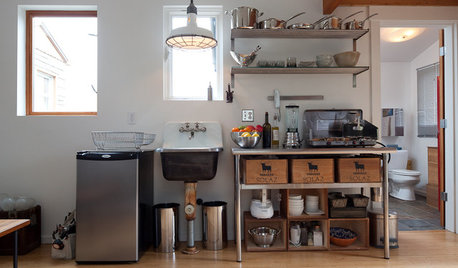
REMODELING GUIDESShould You Stay or Should You Go for a Remodel? 10 Points to Ponder
Consider these renovation realities to help you decide whether to budget for temporary housing
Full Story
KITCHEN DESIGNHow to Find the Right Range for Your Kitchen
Range style is mostly a matter of personal taste. This full course of possibilities can help you find the right appliance to match yours
Full Story
KITCHEN DESIGN9 Questions to Ask When Planning a Kitchen Pantry
Avoid blunders and get the storage space and layout you need by asking these questions before you begin
Full Story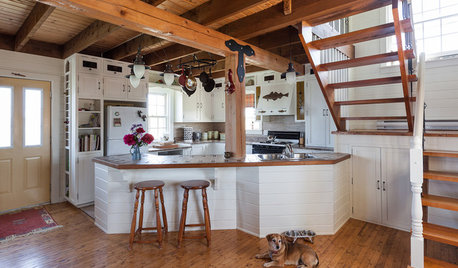
KITCHEN DESIGNOpen vs. Closed Kitchens — Which Style Works Best for You?
Get the kitchen layout that's right for you with this advice from 3 experts
Full Story
KITCHEN DESIGNHouzzers Say: Top Dream Kitchen Must-Haves
Tricked-out cabinets, clean countertops and convenience top the list
Full Story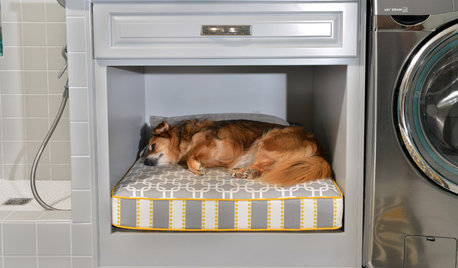
PETSRoom of the Day: Laundry Room Goes to the Dogs
Muddy paws are no problem in this new multipurpose room
Full StoryMore Discussions






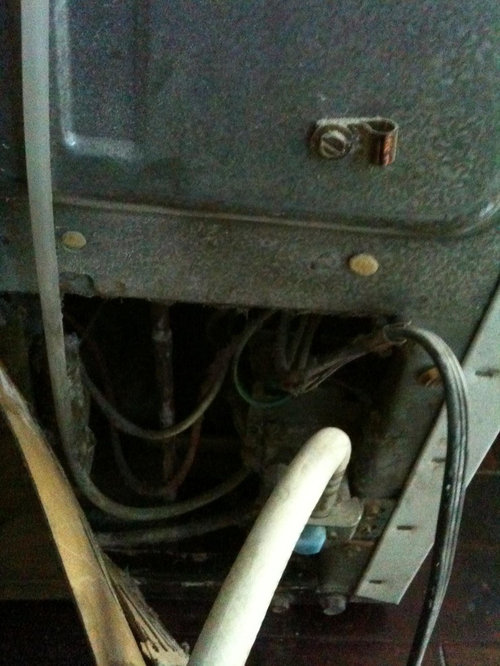
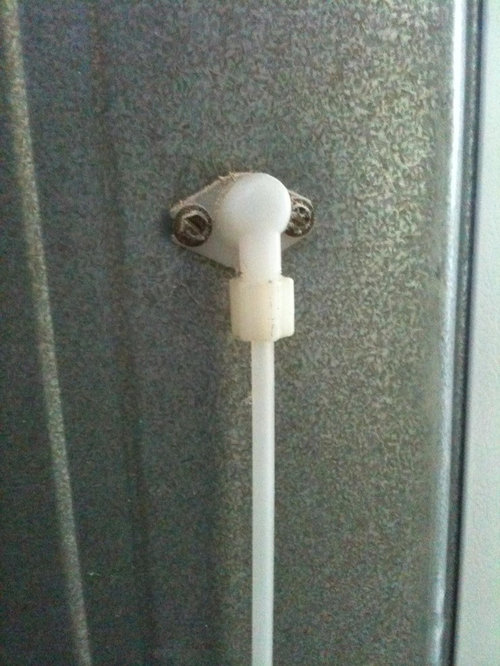
kaseki
socalssOriginal Author
Related Professionals
Glens Falls Kitchen & Bathroom Designers · Grafton Kitchen & Bathroom Designers · Highland Park Kitchen & Bathroom Designers · Roselle Kitchen & Bathroom Designers · Olympia Heights Kitchen & Bathroom Designers · Normal Kitchen & Bathroom Remodelers · Athens Kitchen & Bathroom Remodelers · Chicago Ridge Kitchen & Bathroom Remodelers · Galena Park Kitchen & Bathroom Remodelers · Hoffman Estates Kitchen & Bathroom Remodelers · Morgan Hill Kitchen & Bathroom Remodelers · Park Ridge Kitchen & Bathroom Remodelers · Bullhead City Cabinets & Cabinetry · Farmers Branch Cabinets & Cabinetry · Plymouth Cabinets & Cabinetrykaseki
gardurnit
weedmeister
kaseki
socalssOriginal Author
weedmeister